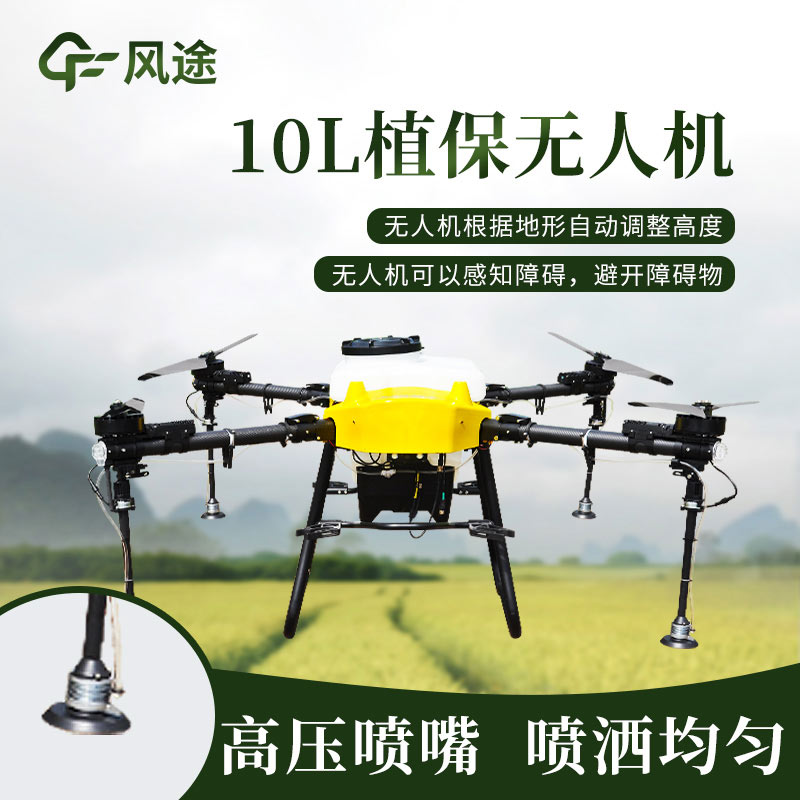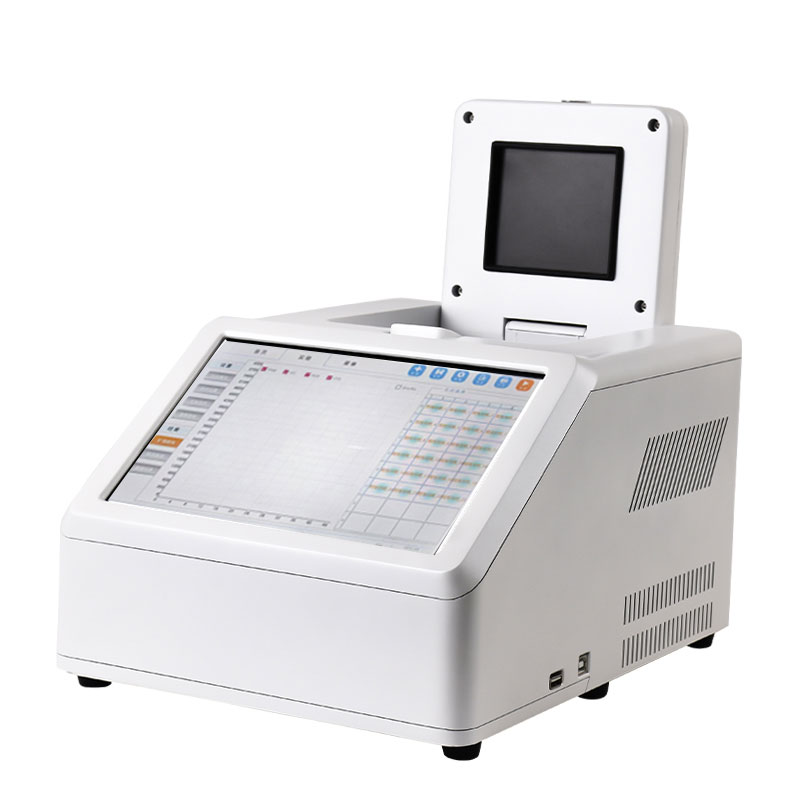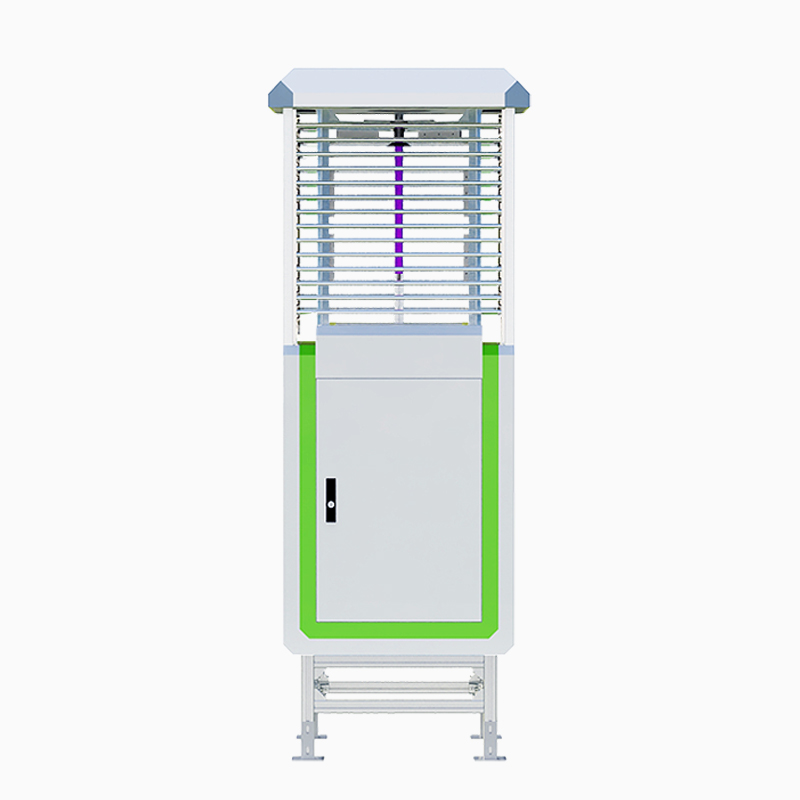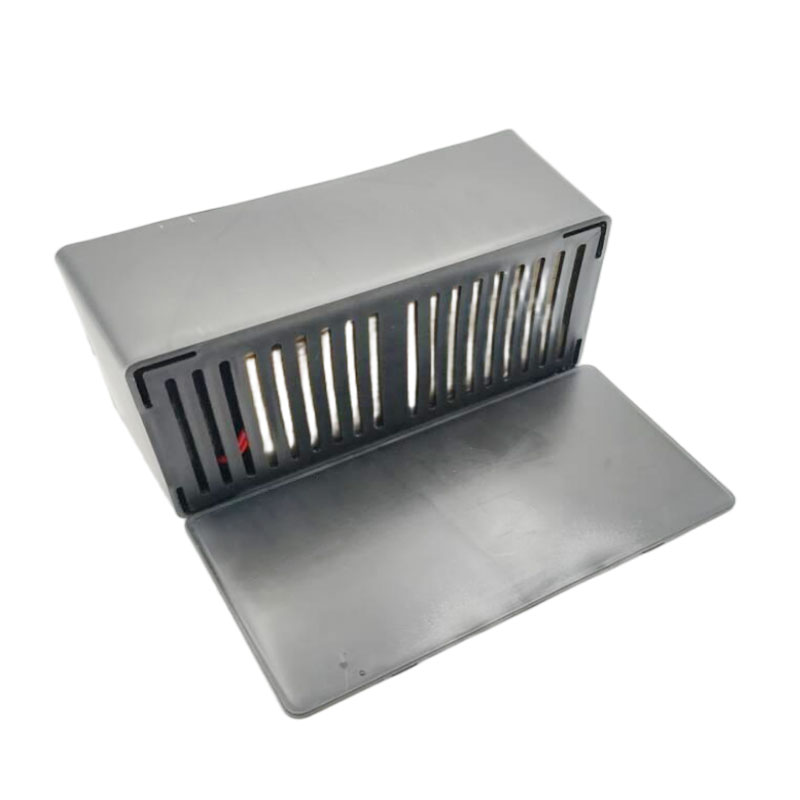The speed and efficiency of pesticide spraying by drones becomes especially important when faced with the rapid spread of pests and diseases or time-critical dosing needs. With a pre-planned flight path, drones can complete the pesticide spraying task for a single acre of land in a very short time. This highly efficient spraying method gives drones an obvious advantage in agricultural spraying operations, especially in cases where large areas of pests and diseases need to be dealt with quickly, the spraying ability of drones far exceeds that of traditional manual spraying methods.
The spraying efficiency of plant protection drones is dozens of times that of traditional manual spraying methods. In the case of manually operated sprayers, for example, a farmer can only spray a maximum of ten acres in a day, even with his best efforts. In contrast, a drone can spray the same area in as little as one to twenty minutes. When well-prepared and smoothly operated, a drone can cover one to two hundred acres in a day's operation, significantly improving the efficiency of agricultural operations.
Pesticide spraying with drones is more water and chemical efficient than traditional manual methods. Drones only require about 1kg of water per acre, compared to 40-50kg for traditional methods. The amount of pesticides used is also about half to two-thirds of the traditional method. However, for some special pests and diseases, such as wheat aphids, the amount of pesticide used cannot be reduced to ensure the effectiveness of control.

This paper addresses:https://fengtusz.com/industry/355.html









